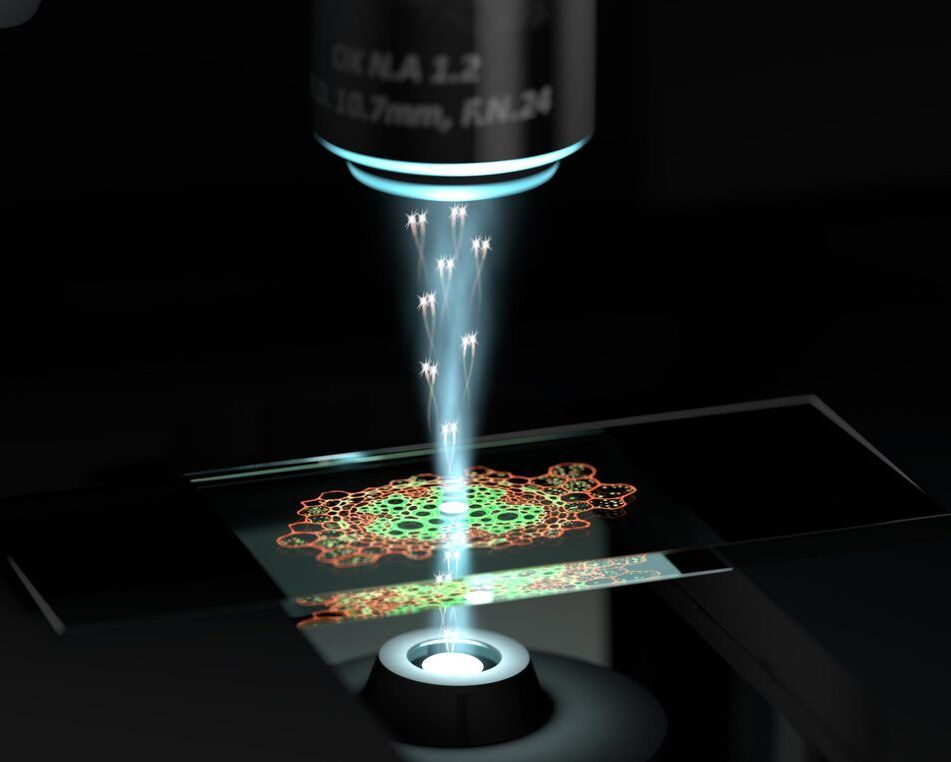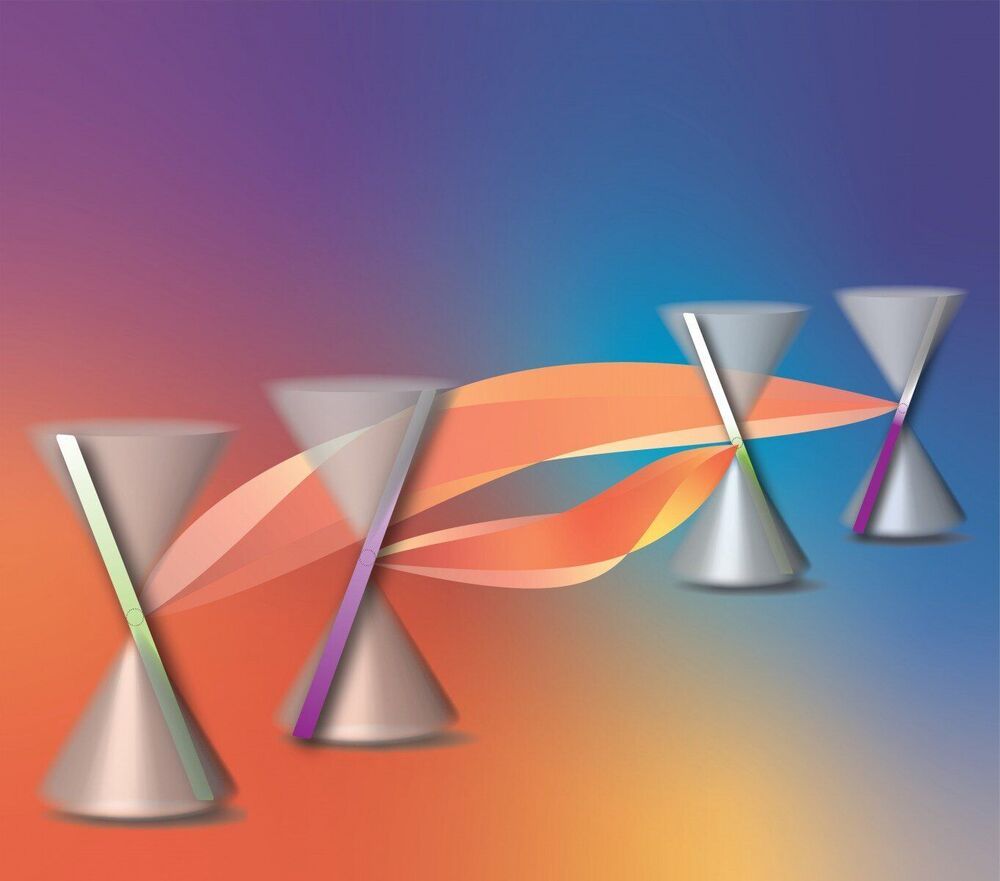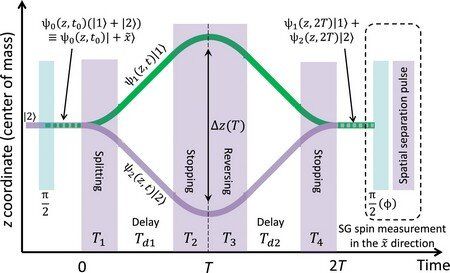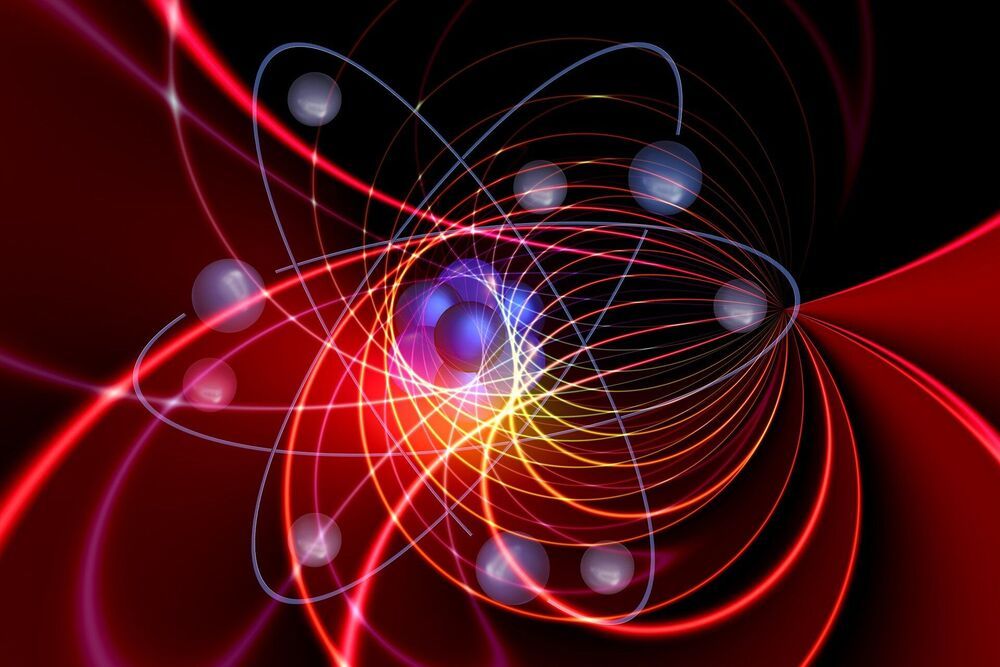The accelerating effort to understand the mathematics of quantum field theory will have profound consequences for both math and physics.



Quantum computing began in the early 1980s. It operates on principles of quantum physics rather than the limitations of circuits and electricity which is why it is capable of processing highly complex mathematical problems so efficiently. Quantum computing could one day achieve things that classical computing simply cannot. The evolution of quantum computers has been slow, but things are accelerating, thanks to the efforts of academic institutions such as Oxford, MIT, and the University of Waterloo, as well as companies like IBM, Microsoft, Google, and Honeywell.
IBM has held a leadership role in this innovation push and has named optimization as the most likely application for consumers and organizations alike.
Honeywell expects to release what it calls the “world’s most powerful quantum computer” for applications like fraud detection, optimization for trading strategies, security, machine learning, and chemistry and materials science.

Circa 2020 o,.o.
Long known as the hardest of all natural materials, diamonds are also exceptional thermal conductors and electrical insulators. Now, researchers have discovered a way to tweak tiny needles of diamond in a controlled way to transform their electronic properties, dialing them from insulating, through semiconducting, all the way to highly conductive, or metallic. This can be induced dynamically and reversed at will, with no degradation of the diamond material.
The research, though still at an early proof-of-concept stage, may open up a wide array of potential applications, including new kinds of broadband solar cells, highly efficient LEDs and power electronics, and new optical devices or quantum sensors, the researchers say.
Their findings, which are based on simulations, calculations, and previous experimental results, are reported this week in the Proceedings of the National Academy of Sciences. The paper is by MIT Professor Ju Li and graduate student Zhe Shi; Principal Research Scientist Ming Dao; Professor Subra Suresh, who is president of Nanyang Technological University in Singapore as well as former dean of engineering and Vannevar Bush Professor Emeritus at MIT; and Evgenii Tsymbalov and Alexander Shapeev at the Skolkovo Institute of Science and Technology in Moscow.

In a major scientific leap, University of Queensland researchers have created a quantum microscope that can reveal biological structures that would otherwise be impossible to see.
This paves the way for applications in biotechnology, and could extend far beyond this into areas ranging from navigation to medical imaging.
The microscope is powered by the science of quantum entanglement, an effect Einstein described as “spooky interactions at a distance.”

Is the physical universe independent from us, or is it created by our minds, as suggested by scientist Robert Lanza?

Researchers have discovered a new electronic property at the frontier between the thermal and quantum sciences in a specially engineered metal alloy—and in the process identified a promising material for future devices that could turn heat on and off with the application of a magnetic “switch.”
In this material, electrons, which have a mass in vacuum and in most other materials, move like massless photons or light—an unexpected behavior, but a phenomenon theoretically predicted to exist here. The alloy was engineered with the elements bismuth and antimony at precise ranges based on foundational theory.
Under the influence of an external magnetic field, the researchers found, these oddly behaving electrons manipulate heat in ways not seen under normal conditions. On both the hot and cold sides of the material, some of the electrons generate heat, or energy, while others absorb energy, effectively turning the material into an energy pump. The result: A 300% increase in its thermal conductivity.

Researchers at Okinawa Institute of Science and Technology Graduate University in Japan have recently been investigating situations in which two distinct Hamiltonians could be used to simulate the same physical phenomena. A Hamiltonian is a function or model used to describe a dynamic system, such as the motion of particles.
In a paper published in Physical Review Letters, the researchers introduced a framework that could prove useful for simulating the same physics with two distinct Hamiltonians. In addition, they provide an example of an analog simulation and show how one could build an alternative version of a digital quantum simulator.
“The idea came about when I was looking at the dynamical generation of entanglement in spin chains,” Karol Gietka, one of the researchers who carried out the study, told Phys.org. “I noticed that the behavior of entanglement as a function of time in a certain model very much resembles entanglement behavior in the paradigmatic one-axis twisting model. Initially, I thought that one could map one system onto another one, but it was not possible as the Hamiltonians of the two systems were very different, which really confused me.”

Physicists in Israel have created a quantum interferometer on an atom chip. This device can be used to explore the fundamentals of quantum theory by studying the interference pattern between two beams of atoms. University of Groningen physicist, Anupam Mazumdar, describes how the device could be adapted to use mesoscopic particles instead of atoms. This modification would allow for expanded applications. A description of the device, and theoretical considerations concerning its application by Mazumdar, were published on 28 May in the journal Science Advances.
The device, created by scientists from the Ben-Gurion University of the Negev, is a so-called Stern Gerlach interferometer, which was first proposed 100 years ago by German physicists Otto Stern and Walter Gerlach. Their original aim of creating an interferometer with freely propagating atoms exposed to gradients from macroscopic magnets has not been practically realized until now. “Such experiments have been done using photons, but never with atoms,” explains Anupam Mazumdar, Professor of Theoretical Physics at the University of Groningen and one of the co-authors of the article in Science Advances.
The Israeli scientists, led by Professor Ron Folman, created an interferometer on an atom chip, which can confine and/or manipulate atoms. A beam of rubidium atoms is levitated over the chip using magnets. Magnetic gradients are used to split the beam according to the spin values of the individual atoms. Spin is a magnetic moment that can have two values, either up or down. The spin-up and spin-down atoms are separated by a magnetic gradient. Subsequently, the two divergent beams are brought together again and recombined. The spin values are then measured, and an interference pattern is formed. Spin is a quantum phenomenon, and throughout this interferometer, the opposing spins are entangled. This makes the interferometer sensitive to other quantum phenomena.

To test the Standard Model of particle physics, scientists often collide particles using gigantic underground rings. In a similar fashion, high-pressure physicists compress materials to ever greater pressures to further test the quantum theory of condensed matter and challenge predictions made using the most powerful computers.
Pressures exceeding 1 million atmospheres are capable of dramatically deforming atomic electronic clouds and alter how atoms are packed together. This leads to new chemical bonding and has revealed extraordinary behaviors such as helium rain, the transformation of sodium into a transparent metal, the emergence of superionic water ice and the transformation of hydrogen into a metallic fluid.
With new techniques constantly advancing the frontier of high–pressure physics, terapascal (TPa) pressures that were once inaccessible can now be achieved in the laboratory using static or dynamic compression (1 TPa is equivalent to approximately 10 million atmospheres).

The world is one step closer to ultimately secure conference calls, thanks to a collaboration between Quantum Communications Hub researchers and their German colleagues, enabling a quantum-secure conversation to take place between four parties simultaneously.
The demonstration, led by Hub researchers based at Heriot-Watt University and published in Science Advances, is a timely advance, given the global reliance on remote collaborative working, including conference calls, since the start of the C19 pandemic.
There have been reports of significant escalation of cyber-attacks on popular teleconferencing platforms in the last year. This advance in quantum secured communications could lead to conference calls with inherent unhackable security measures, underpinned by the principles of quantum physics.